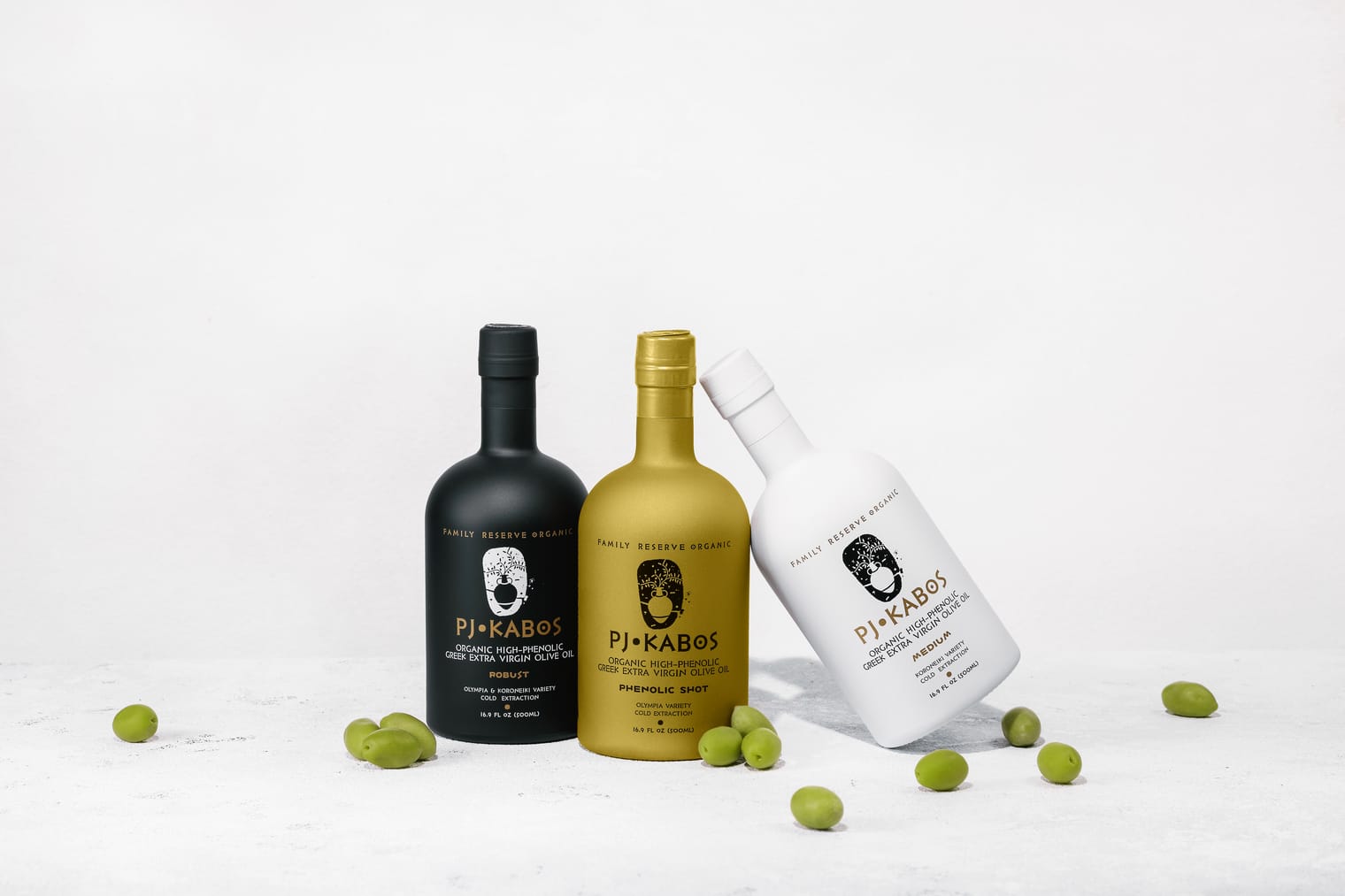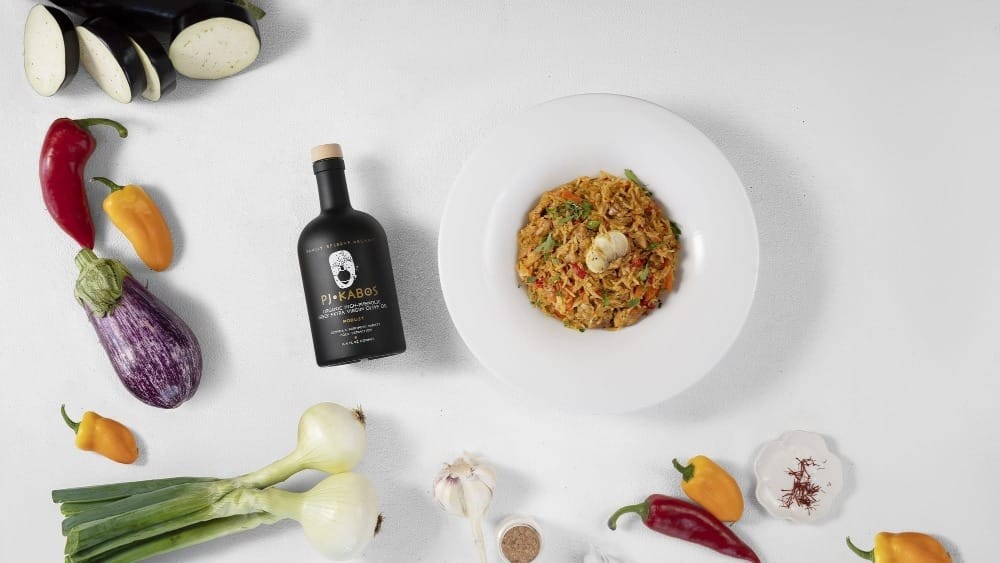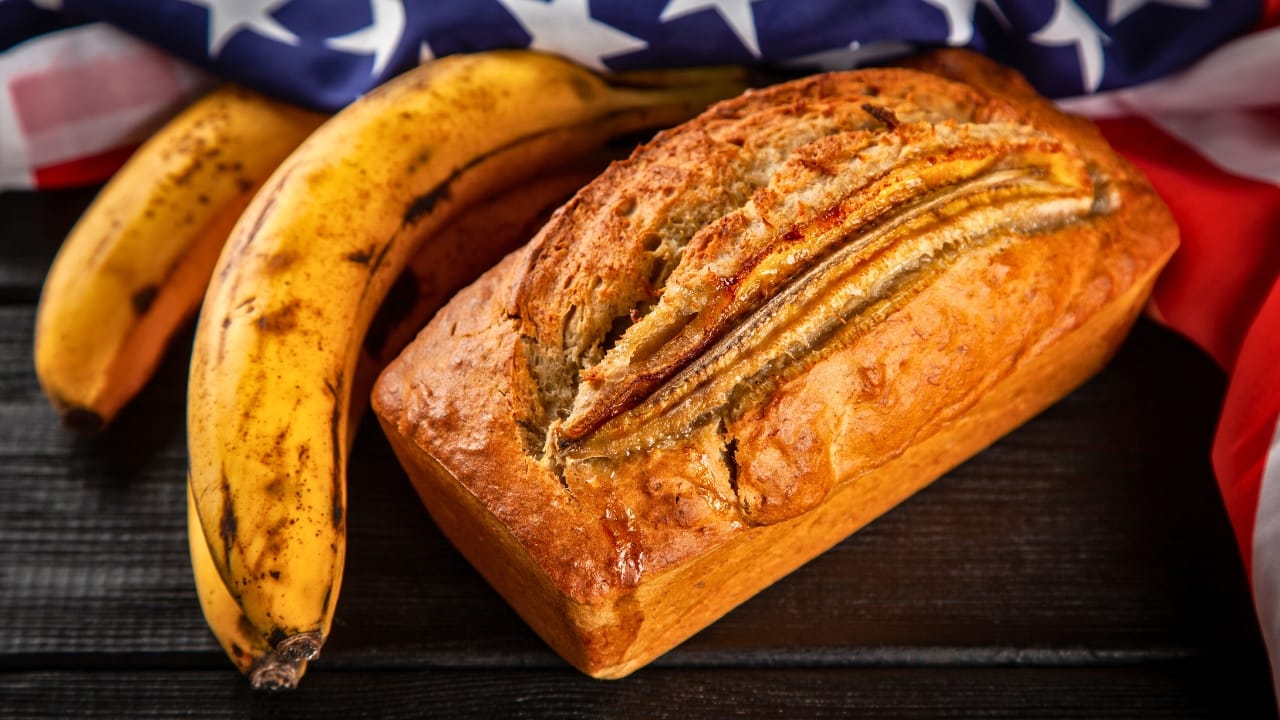This article is part of the PJ Kabos Olive Oil Guide, a series on extra virgin and high-phenolic olive oil — exploring their taste, health benefits, and everyday uses.
Not all extra virgin olive oils are created equal.
Just as wine can be light and fruity or bold and tannic, extra virgin olive oils (EVOO) can also vary widely. One of the biggest differences comes down to phenols — those powerful natural compounds that give some oils their peppery bite and health-boosting punch.
But before we look at what sets Virgin vs Extra Virgin vs High-Phenolic Olive Oil apart, it helps to know what they all share.
What do all Virgin Olive Oils have in common?
The International Olive Council (IOC) defines virgin olive oils this way:
Virgin olive oils are the oils obtained from the fruit of the olive tree (Olea europaea L. ) solely by mechanical or other physical means under conditions, particularly thermal conditions, that do not lead to alterations in the oil, and which have not undergone any treatment other than washing, decantation, centrifugation and filtration. (1)
In plain terms, all virgin olive oils are produced by mechanical means, without heat or chemicals, and with nothing added. And they all share one key health factor: they are mostly comprised of monounsaturated fats, the healthiest fat.
From there, the differences come down to quality standards, acidity, and — in the case of high-phenolic EVOO — the concentration of health-boosting phenols.
What Makes Olive Oil "Virgin Olive Oil"?
The International Olive Council (IOC) defines virgin olive oil this way:
Virgin olive oil which has a free acidity, expressed as oleic acid, of not more than 2 grams per 100 grams and the other characteristics of which correspond to those fixed for this category in the IOC standard. (1)
Virgin olive oil is classified lower in quality than extra virgin, according to IOC standards. It has higher acidity (up to 2 g vs. 0.8 g for extra virgin) and looser requirements — but, like all virgin olive oils, it is still produced only by mechanical means without heat or chemicals.
What Makes Olive Oil "Extra Virgin Olive Oil"?
The International Olive Council (IOC) defines extra virgin olive oil this way:
Virgin olive oil which has a free acidity, expressed as oleic acid, of not more than 0.8 grams per 100 grams, and the other characteristics of which correspond to those fixed for this category in the IOC standard. (1)
Extra virgin olive oil (EVOO) is the highest grade of olive oil, with very low acidity (≤0.8 g per 100 g), strict chemical and sensory standards, and superior taste. Like all virgin olive oils, it is produced only by mechanical means, without heat or chemicals.
At PJ Kabos, our Chef’s Selection Classic is a superb example of a high quality extra virgin olive oil. Its acidity is well below the 0.8 g per 100 g limit, usually coming in at under 0.35. And with a phenolic count of 250–300 mg/kg (HPLC tested at production), it stands out as a truly great classic Extra Virgin Olive Oil.
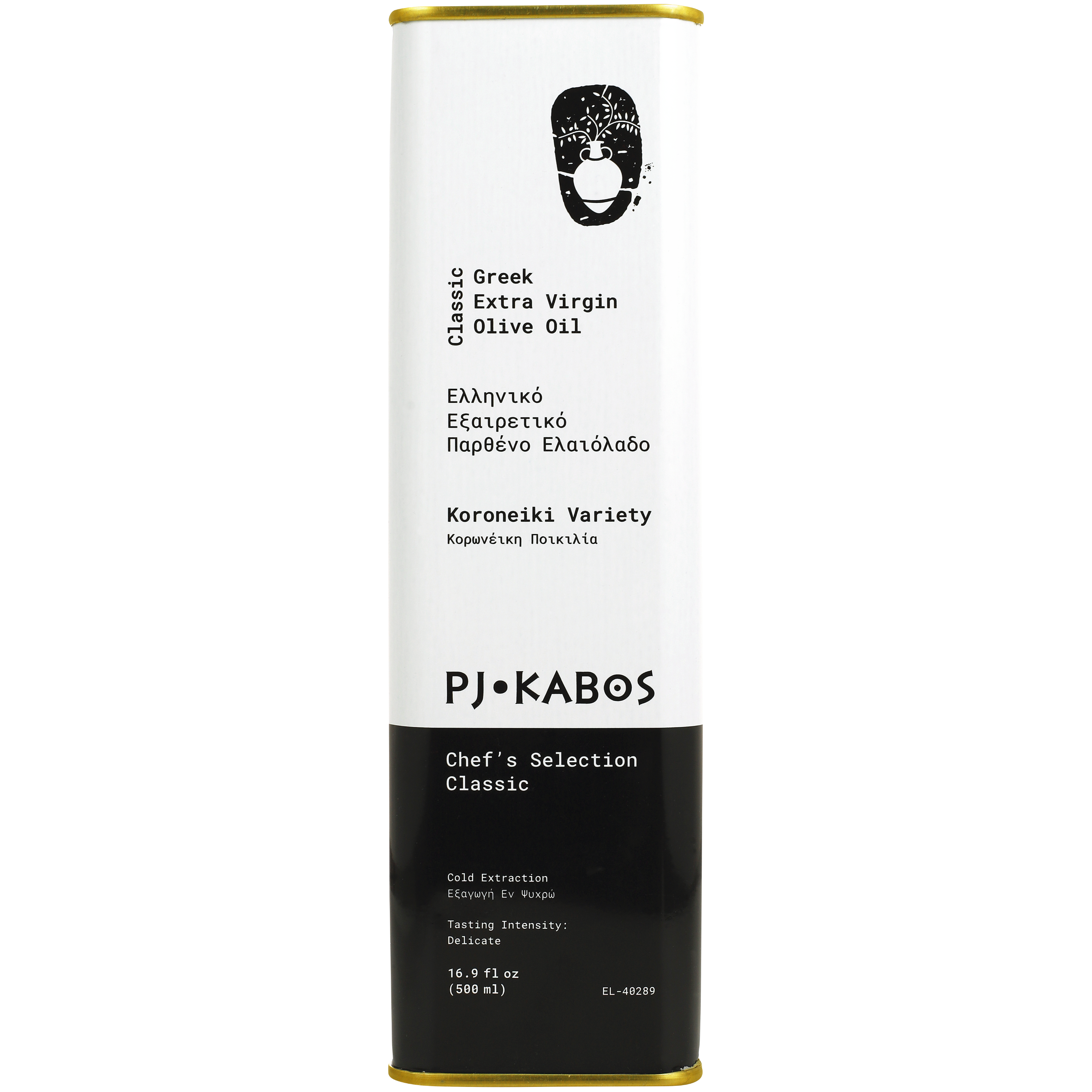
But even within this top category, there are further distinctions, especially when it comes to phenolic content.
What Makes Olive Oil, “High-Phenolic Extra Virgin Olive Oil”?
Phenols are natural compounds in olives that act as both antioxidants and anti-inflammatories. They’re what give some oils that little cough (or sometimes a big, eye-opening cough!) at the back of your throat and sting and bitterness throughout your mouth — the peppery zing that makes you reach for bread, water, fruit, or anything to soothe it. That sensation isn’t a flaw. It’s the sensory fingerprint of all those good phenols, colloquially and nutritionally called polyphenols, at work protecting the oil… and you.
As is so often the case with foods that are good for you, researchers have found that when extra virgin olive oil has higher levels of these phenols — in other words, when it is high-phenolic — it doesn’t just taste bolder and more pungent. It can also offer many extra health benefits.
The European Union has even issued an official health claim for these special oils:
Olive oil polyphenols contribute to the protection of blood lipids from oxidative stress. The claim may be used only for olive oil, containing at least 5 mg of hydroxytyrosol and its derivatives (e.g. oleuropein complex and tyrosol) per 20 g of olive oil. In order to bear the claim information shall be given to the consumer that the beneficial effect is obtained with a daily intake of 20 g of olive oil (Commission Regulation (EU) 432/2012). (2)
High-phenolic extra virgin olive oil is EVOO with significantly higher levels of natural phenols. This gives it a bold, peppery taste and added health benefits recognized by the EU. And like all olive oils, it is mostly comprised of monounsaturated fats — the healthiest fat — and produced only by mechanical means, without heat or chemicals.
That peppery cough at the back of your throat? It’s not a flaw — it’s the phenols, and it means the oil is working for you.
Some producers, like us at PJ Kabos, go further — carefully harvesting early and testing our oils to ensure phenolic levels well above this EU Commission baseline. These extremely difficult-to-produce oils are our Family Reserve High-Phenolic EVOO labels. Three of which are the organic "titans" shown in the opening photo.
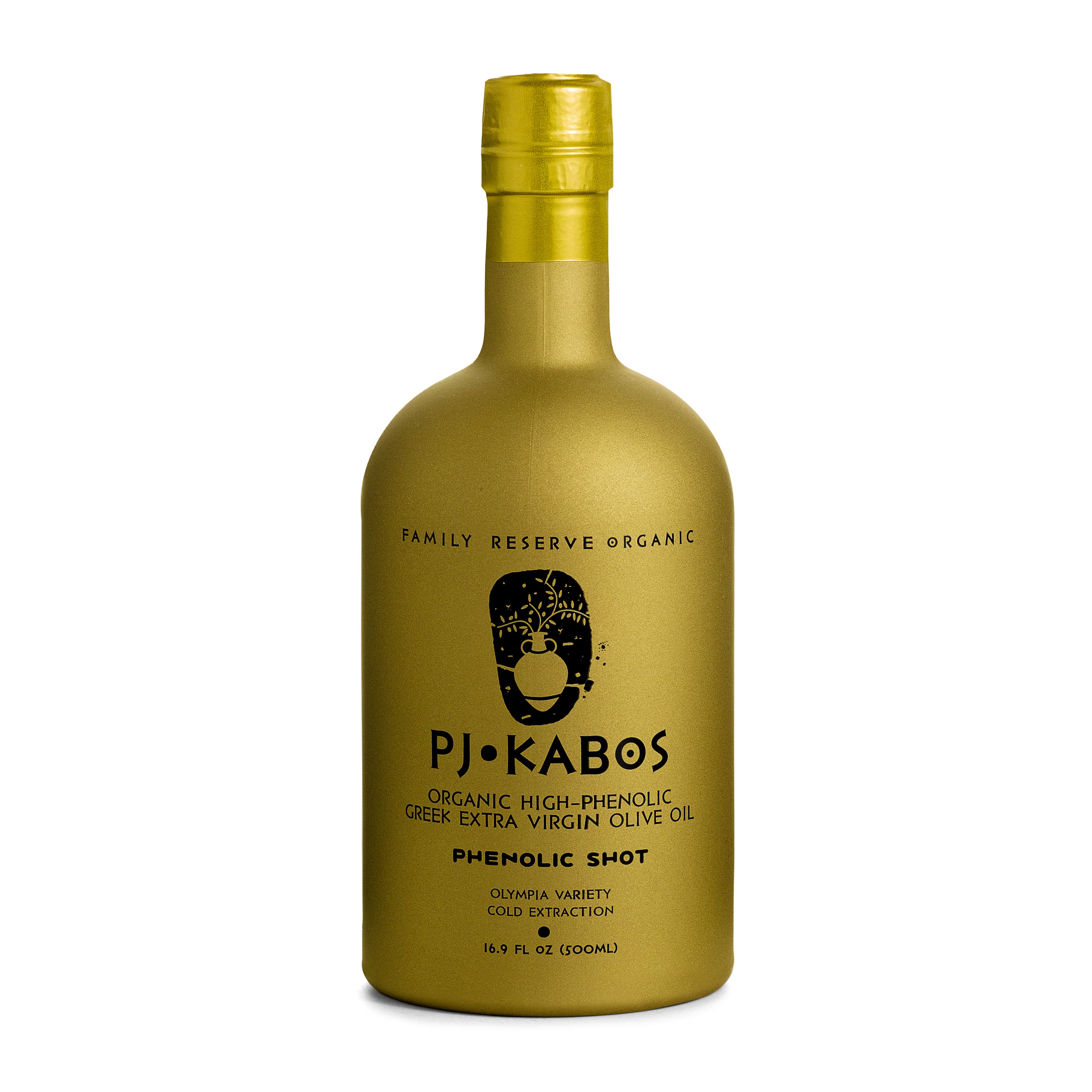
In other words, high-phenolic extra virgin olive oil is EVOO that goes a bit further — like the difference between an everyday table wine and a bold, well-aged vintage. Both are wine, but one carries greater intensity, complexity, and natural compounds that set it apart. That’s why high-phenolic EVOO taste bolder, often peppery enough to make you cough, and why they carry added health benefits recognized in the EU health claim. At PJ Kabos, our Family Reserve Labels (see below or our website for greater details) are crafted to highlight exactly this richness.
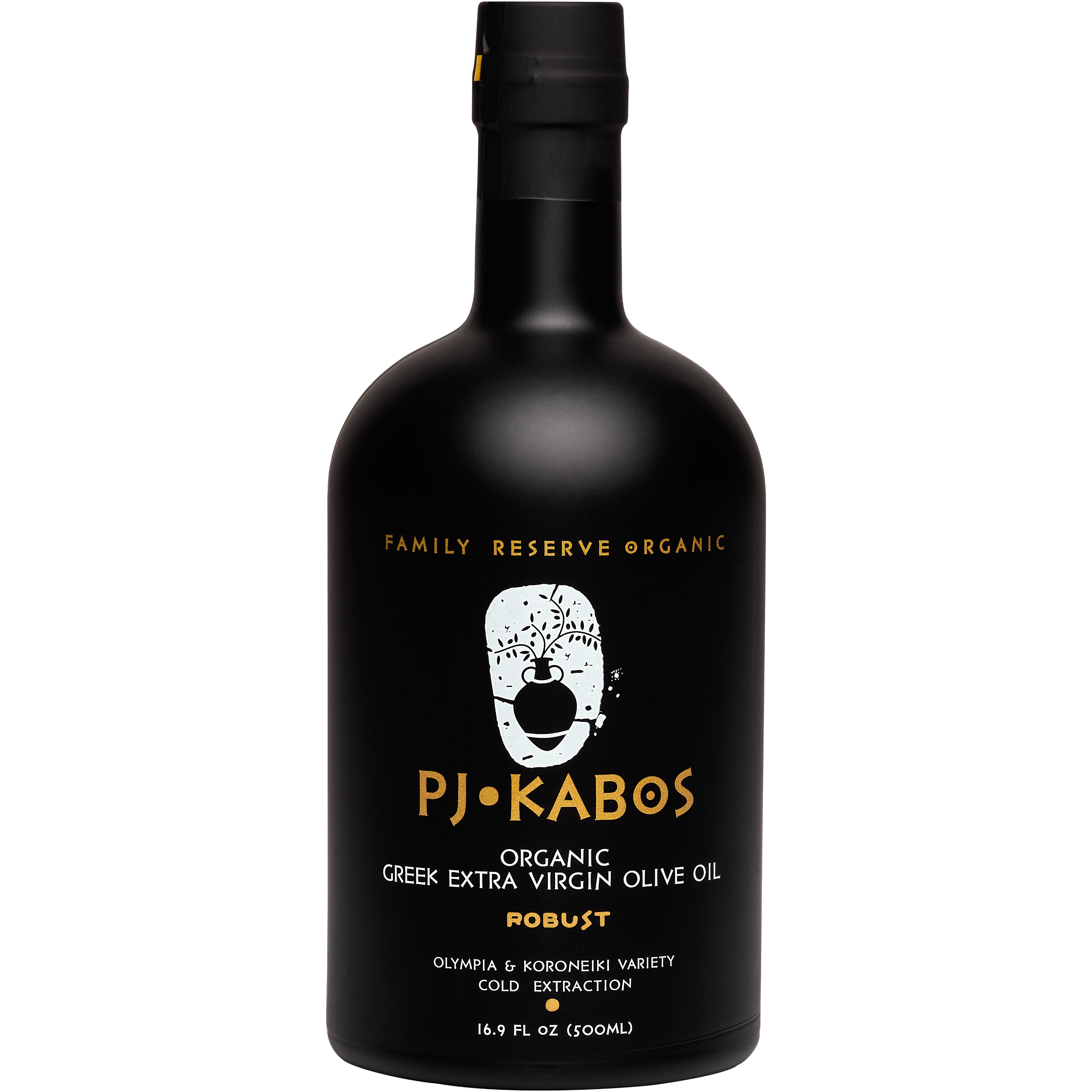
The difference between virgin, extra virgin, and high-phenolic olive oil comes down to quality standards, acidity levels, and the concentration of health-boosting phenols.
Conclusion: Virgin vs. Extra Virgin vs. High-Phenolic Olive Oil
From the standards that define them to the phenols that set them apart, you now know the difference between Virgin Olive Oil, Extra Virgin Olive Oil, and High-Phenolic Extra Virgin Olive Oil.
Whichever you choose, olive oil brings flavor, tradition, and health to your table — with high-phenolic olive oil taking it one step higher. It’s also worth noting that all genuine, unadulterated olive oils, even virgin, are primarily composed of heart-healthy monounsaturated fats.
In short: Virgin has higher acidity and looser standards, Extra Virgin is the highest grade with strict quality tests, and High-Phenolic EVOO offers extra phenols with bold flavor and added health benefits.
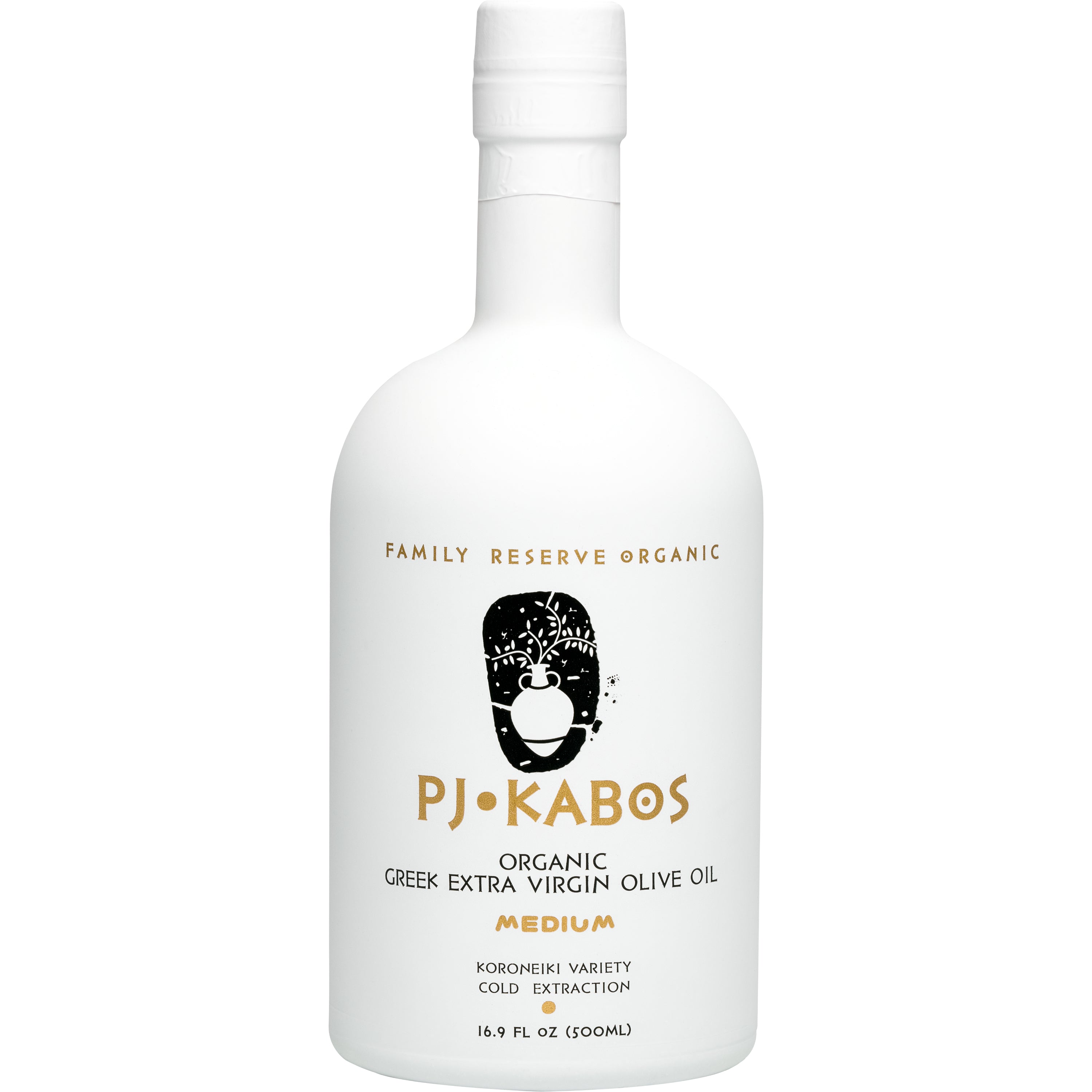
In our next article, “When to Use Extra Virgin Olive Oil or High-Phenolic EVOO,” we’ll move from definitions to the kitchen — exploring how to choose the right oil for cooking, finishing, and even your daily wellness routine. Stay tuned — this is where things get delicious.
Frequently Asked Questions about Olive Oil
What is the difference in Virgin vs. Extra Virgin vs. High-Phenolic Olive Oil?
Virgin olive oil has higher acidity and looser standards. Extra Virgin is the highest grade, with very low acidity and strict taste tests. High-Phenolic EVOO goes further, with higher levels of health-boosting phenols that add bold flavor and extra wellness benefits.
What makes olive oil high-phenolic?
High-phenolic olive oil is EVOO with a much higher concentration of natural phenolic compounds, often called polyphenols. These give the oil its peppery taste and add health benefits recognized by the European Union.
Is high-phenolic olive oil healthier?
Yes. Studies show that the phenols in high-phenolic olive oil act as antioxidants and anti-inflammatories. The EU allows a health claim for olive oils containing at least 5 mg of hydroxytyrosol and related compounds per 20 g of oil. And like all genuine, unadulterated olive oils it’s also rich in monounsaturated fats — the heart-healthy fats known to support cardiovascular wellness.
Can you cook with high-phenolic olive oil?
Absolutely. High-phenolic olive oil has a higher smoke point than many people expect, and its antioxidants help protect it during cooking. But to maximize health benefits, many people also enjoy it raw, drizzled over food or taken as a daily “phenolic shot.”
PJ Kabos Olive Oil Guide
This article is part of the PJ Kabos Olive Oil Guide — a series exploring the taste, health benefits, and uses of extra virgin and high-phenolic olive oil.
- Part 1: What's the Difference between Virgin vs. Extra Virgin vs. High-Phenolic Olive Oil | PJ Kabos Guide
- Part 2: When to Use Extra Virgin Olive Oil vs. High-Phenolic EVOO | PJ Kabos Guide (coming soon)
- Part 3: What is Oleocanthal? The Peppery Compound in High-Phenolic Olive Oil | PJ Kabos Guide (coming soon)
- Part 4: What are the Health Benefits of High-Phenolic Olive Oil | PJ Kabos Guide (coming soon)
- Subscribe to get the next part delivered directly to your inbox.
Harvest 2024/25 High-Phenolic EVOOs
from PJ KABOS
PJ Kabos Family Reserve Organic — "Phenolic Shot" Extremely Robust Taste
Gold Bottle

PJ Kabos Family Reserve Organic—"Phenolic Shot" is an award-winning, high-phenolic extra virgin olive oil that is extremely high in polyphenols, possibly the highest phenolic content available in a true Extra Virgin Olive Oil today. Its intense bitterness and pungency clearly reflect the activity of these polyphenols.
Buy on PJ Kabos Buy on Amazon.com
PJ Kabos Family Reserve Organic — Robust Taste
Black Bottle

PJ KABOS Family Reserve Organic—Robust, is an award-winning, high-phenolic extra virgin olive oil that is very high in polyphenols and adds depth, character and great health benefits to every meal.
Buy on PJ Kabos Buy on Amazon.com
PJ Kabos Family Reserve Organic — Medium Taste
White Bottle

PJ KABOS Family Reserve Organic—Medium, is an award-winning, high-phenolic extra virgin olive oil that is high in polyphenols and adds a lovely taste and great health benefits to every meal.
Buy on PJ Kabos Buy on Amazon.com
PJ Kabos Family Reserve — Medium Taste
White Tin

PJ KABOS Family Reserve—Medium, is an award-winning, high-phenolic extra virgin olive oil in an easy-to-store tin that is high in polyphenols and adds a lovely taste and great health benefits to every meal.
Buy on PJ Kabos Buy on Amazon.com
PJ Kabos Family Reserve — Robust Taste
Black Tin

PJ KABOS Family Reserve—Robust, is a high-phenolic extra virgin olive oil in an easy-to-store tin that is very high in polyphenols and adds depth, character and great health benefits to every meal.
Buy on PJ Kabos Buy on Amazon.com
PJ Kabos Chef's Selection — Delicate Taste
Black & White Tin

PJ Kabos Chef's Selection — Delicate Taste the award-winning all-purpose, everyday extra virgin olive oil that you will reach for time and time again. Its delicate taste intensity makes it ideal for your every need, from frying the crispiest fries to baking your favorite cake.
Please enjoy having a look around our websites and PJ Kabos Amazon Store for more about our many high-phenolic olive oils, recipes, history, etc..
And follow along with us on Instagram for photos concerning olive oil production, our groves in Greece, articles about olive oil, family history and more.
For those who love to dig deeper, here are the official sources we referenced:
1) International Olive Council (IOC). Olive Oil Definitions.
2) Commission Regulation (EU) No. 432/2012. Official Journal of the European Union
PJ Kabos High-Phenolic Extra Virgin Olive Oil: Your Trusted Oil, Straight from Our Table to Yours.

